Human Skills
Considering the collaborative, interdisciplinary nature of most service projects, human skills must be stressed foremost, as they often have an outsized impact on a student’s ability to achieve success. Here we want to emphasise human skills as a means to effectively interface with collaborators, and an ability to observe and affect organisational culture. As practitioners, we are all familiar with these thoughts during a co-creation workshop: “How can I create alignment among the teams? How can I navigate underlying policies and invisible boundaries? Or how can I create excitement, so everyone actively participates?”
Recently, schools with programmes focusing on social innovation, such as Carnegie Mellon University, Savannah College of Art and Design (SCAD) and School of Visual Arts, have shown a keen interest in developing human skills through industry outreach initiatives that focus on collaborative, real-world learning experiences. For example, one collaboration between Frog Design and SCAD’s Design for Sustainability programme in 2013, in which the lead author participated, involved the prototyping of the ‘Collective Action Toolkit’ with high schools students. This project provided students with an opportunity to practice facilitation skills, as well as to develop one-on-one rapport with outside experts.
The two significant areas for fostering human skills are: ‘collaboration, communication and facilitation’ and ‘organisational culture and behaviour science’ knowledge.
Service designers are often called on to act as creative facilitators, not only able to build consensus among diverse groups, but also to actively catalyse, interpret and reframe conversations among participants to generate new ideas. While the ability to scribe or diagram emerging conversational patterns is one component of facilitation that is typically trained in academia, the human skills required to manage personalities, read social cues and maintain conversational flow are not typically addressed. In order to prepare students for facilitation roles, exposure to other social science programmes, such as anthropology and organisational behaviour, is a critical complement to facilitation training. Such a training programme would augment students’ visual skills, and enhance their ability to create alignment and energise group participation.
Human skills training is not only about improving facilitation; it is equally important for students to develop the ability to observe and affect organisational culture. Every organisation with which a professional interfaces is in some way biased toward its legacy and established value systems. This often creates a resistance to change. Schools should familiarise students with this concept, and teach associated behaviour change strategies. These strategies all start with building empathy as the first step toward change. Students need to learn how to entertain opposing viewpoints, to meet each person at their level and to build trust. In the professional world, service design often involves the shaping of behaviour. For students, developing knowledge about the physical, emotional, social, cultural and cognitive factors influencing human behaviours provides critical preparation for the challenges ahead.



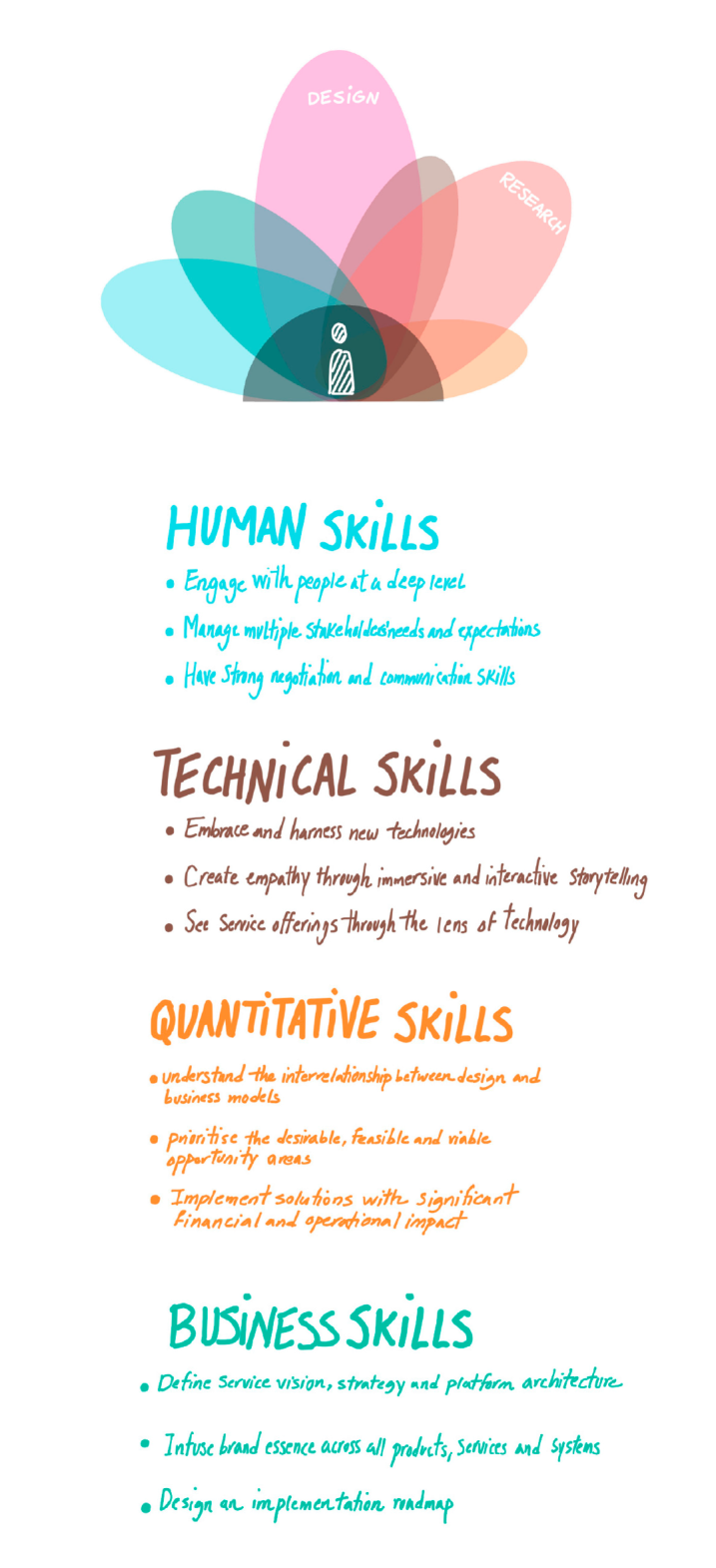
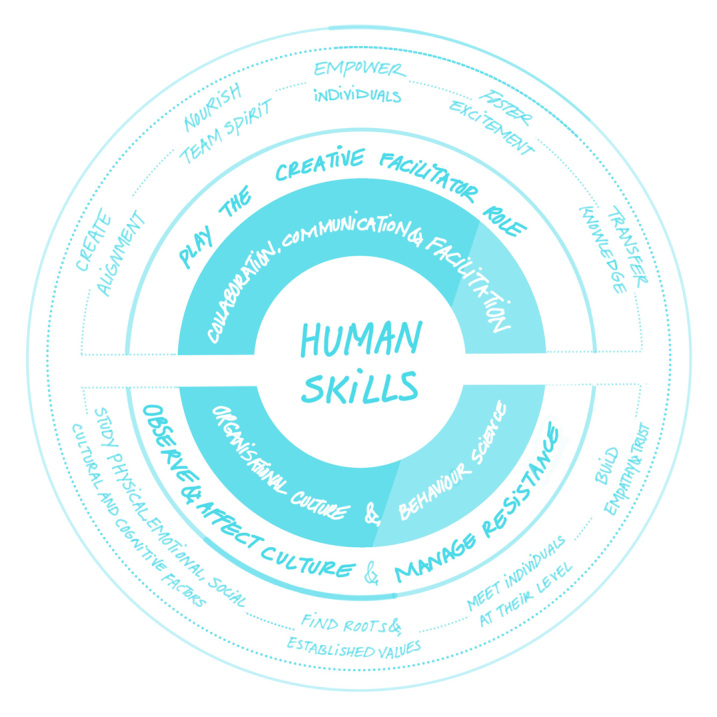
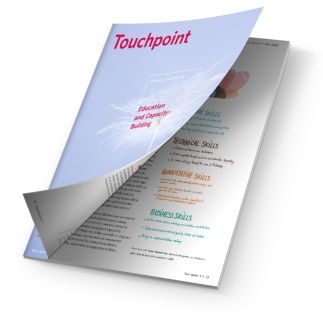
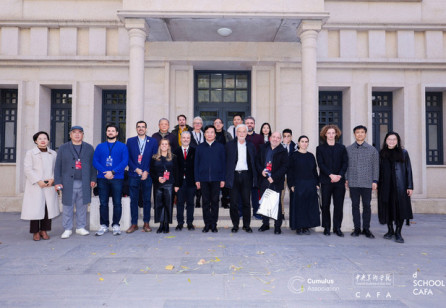
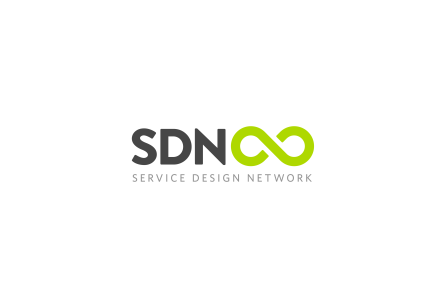
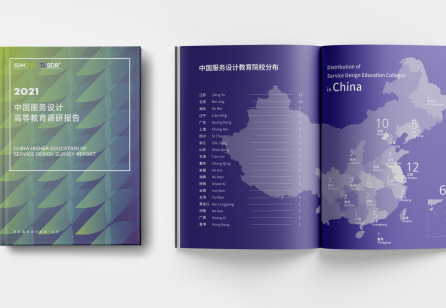
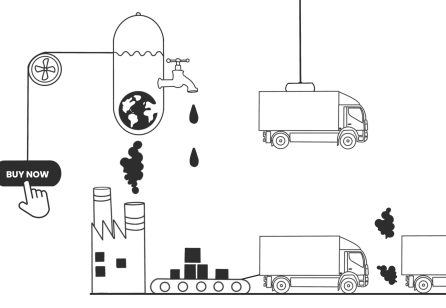

Share your thoughts
0 RepliesPlease login to comment